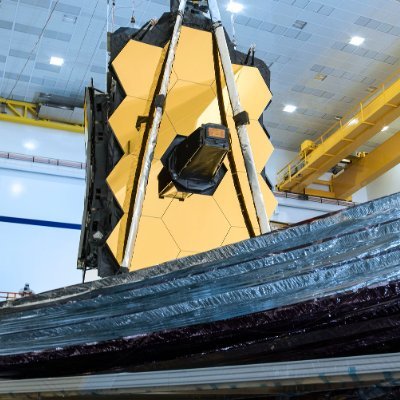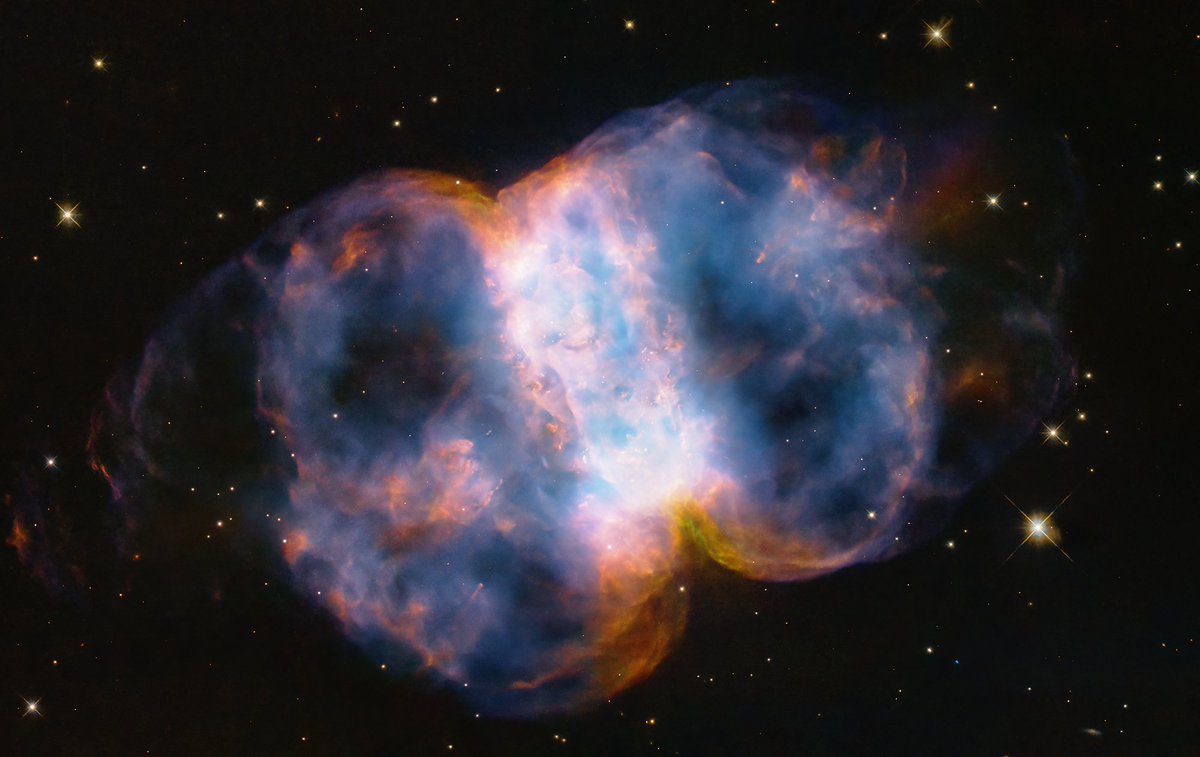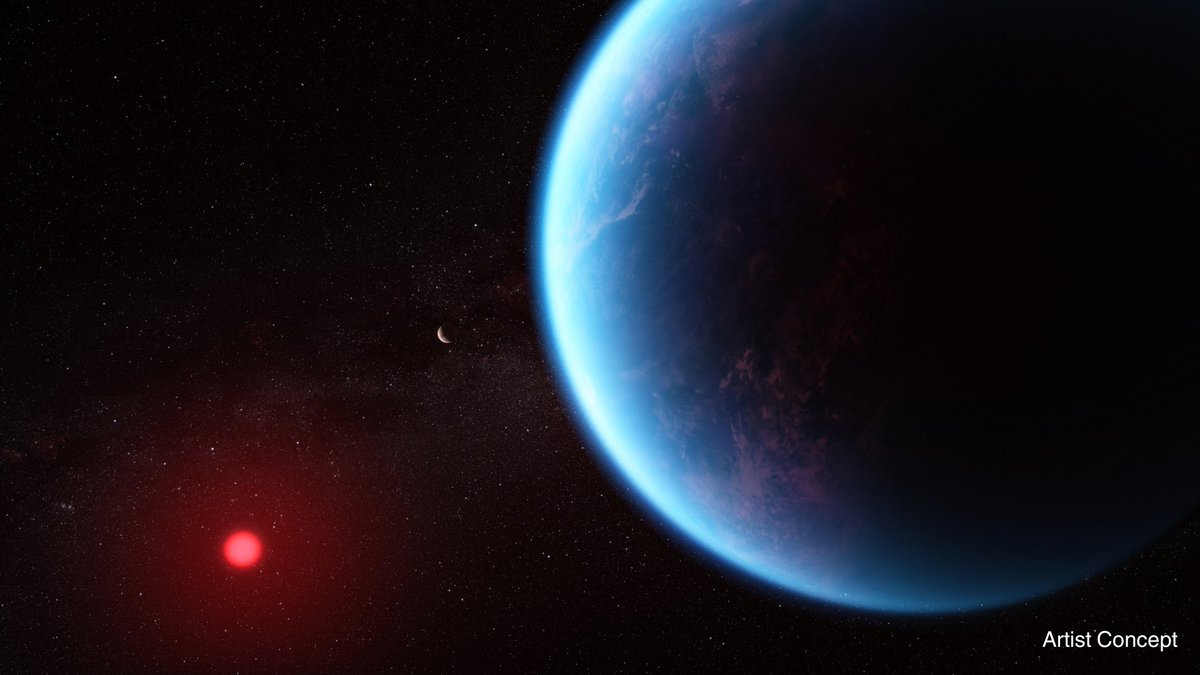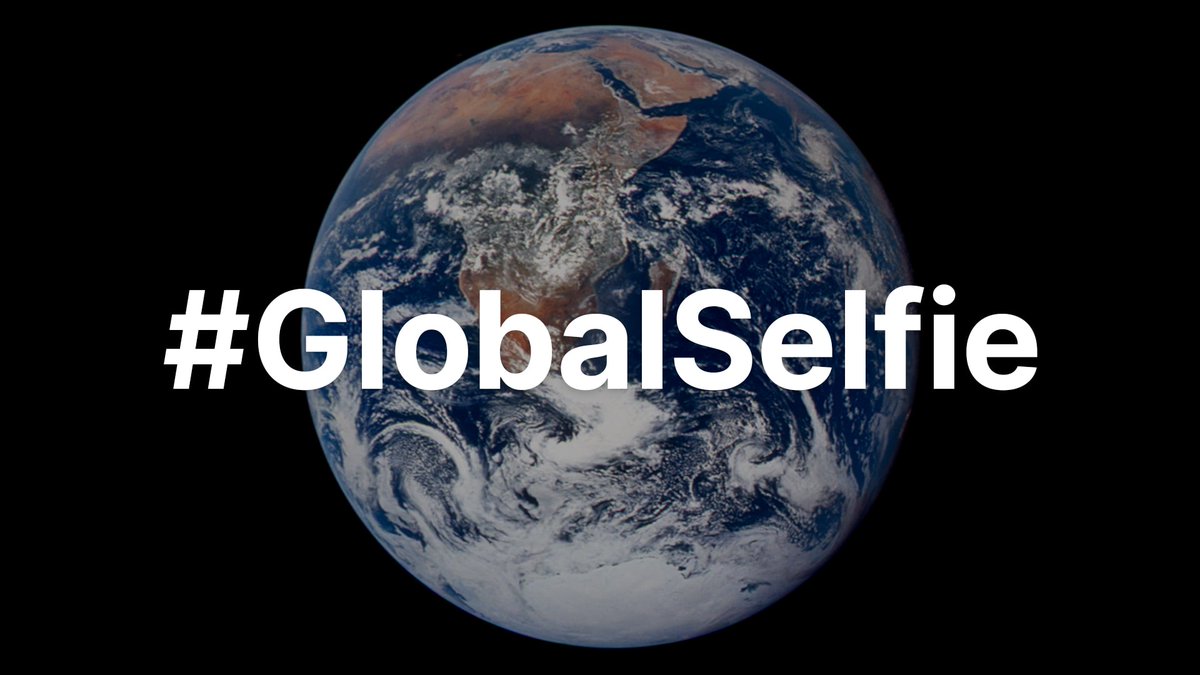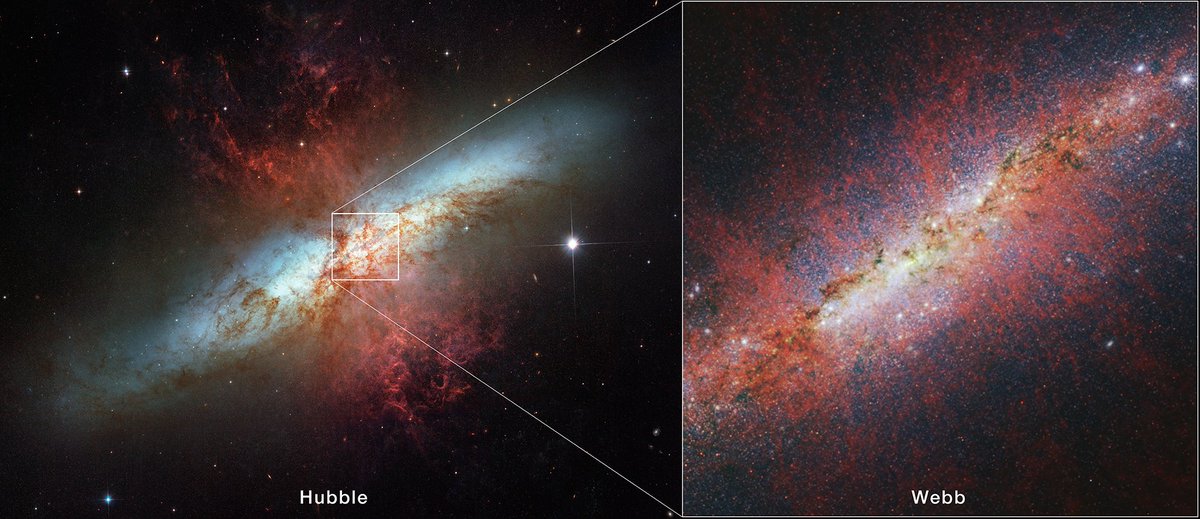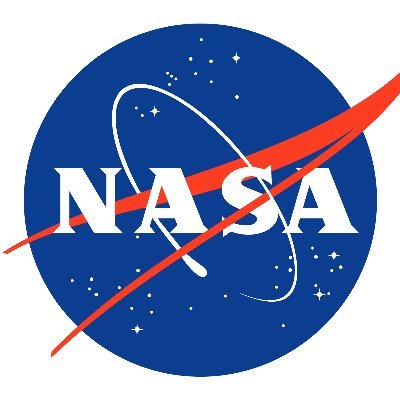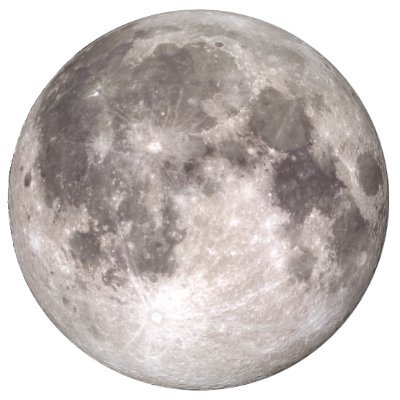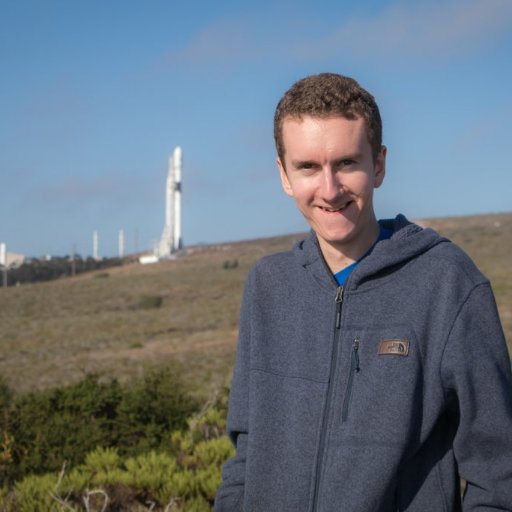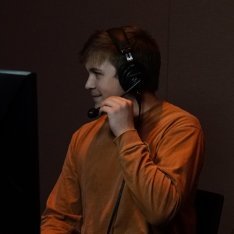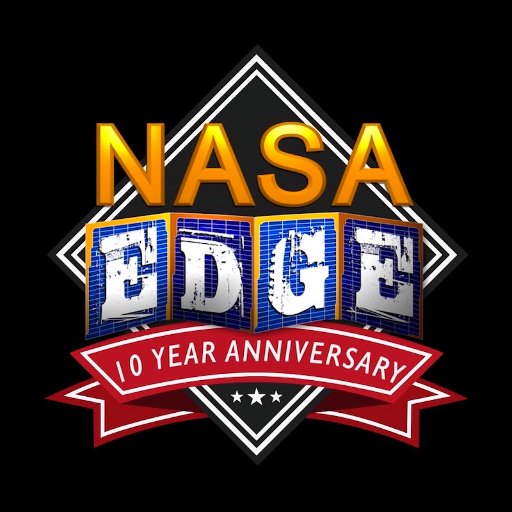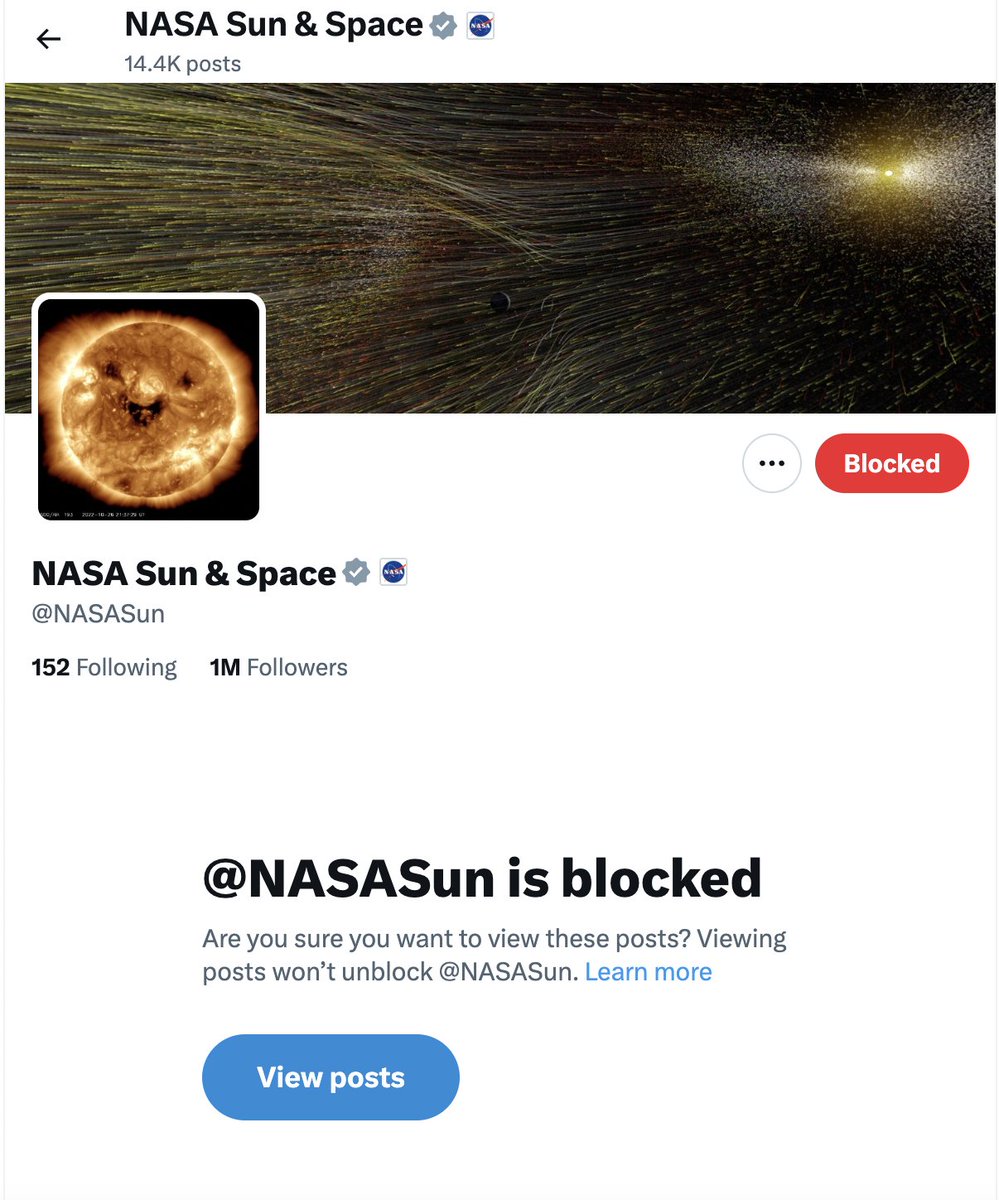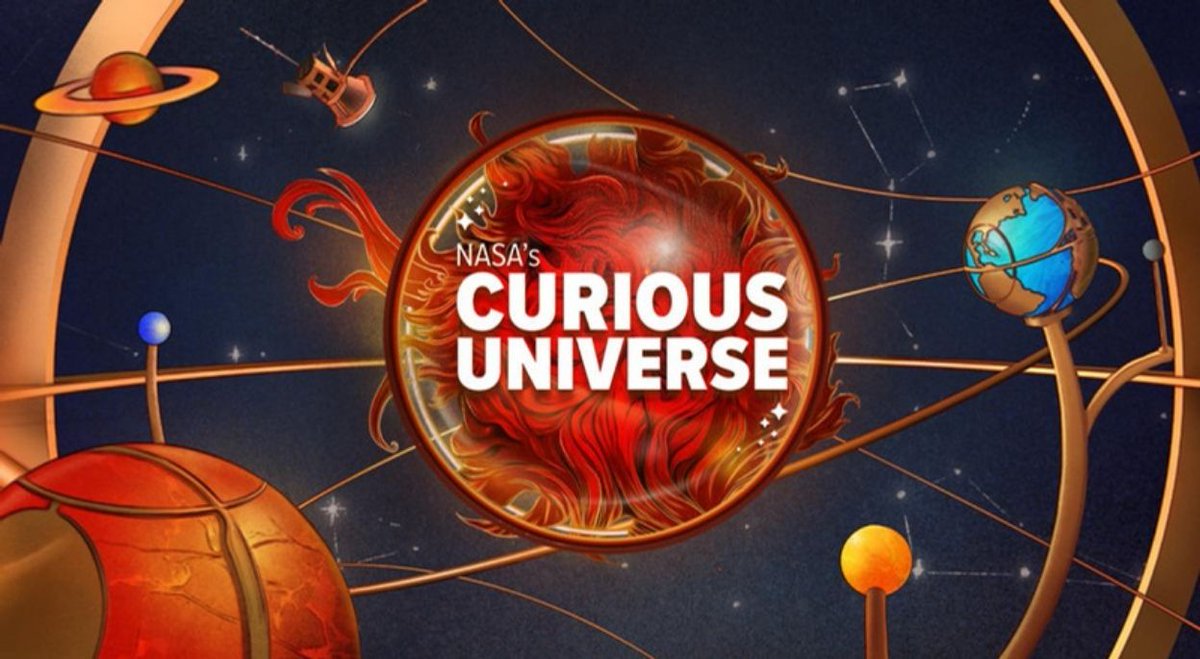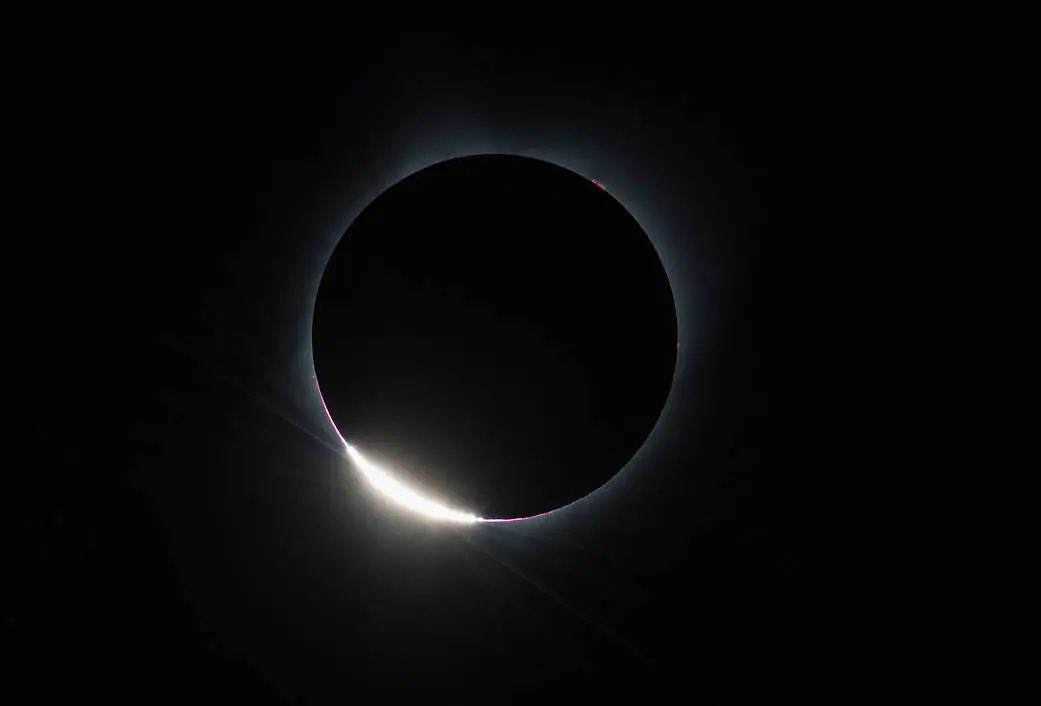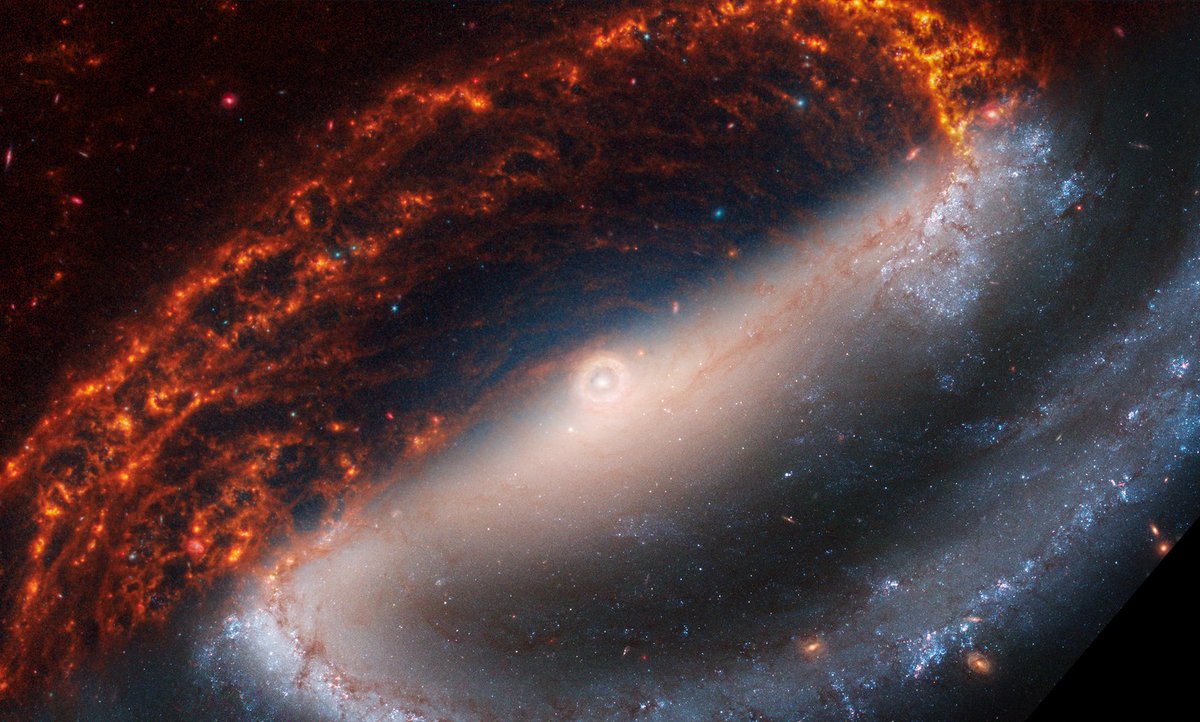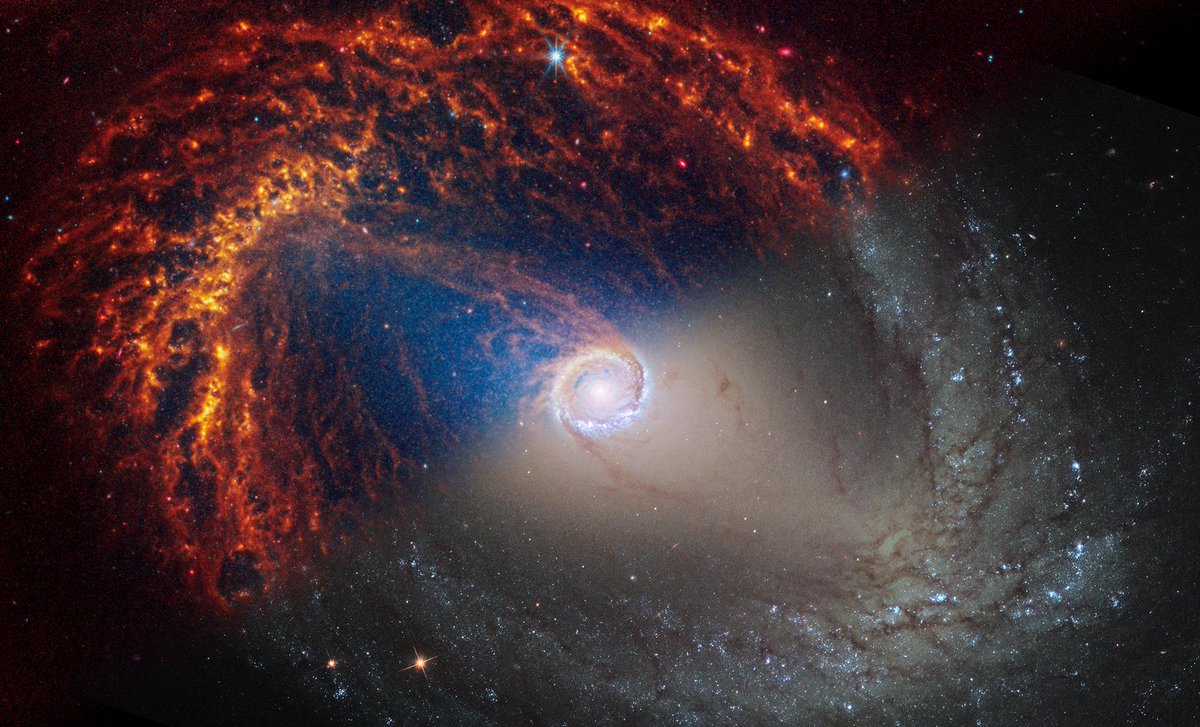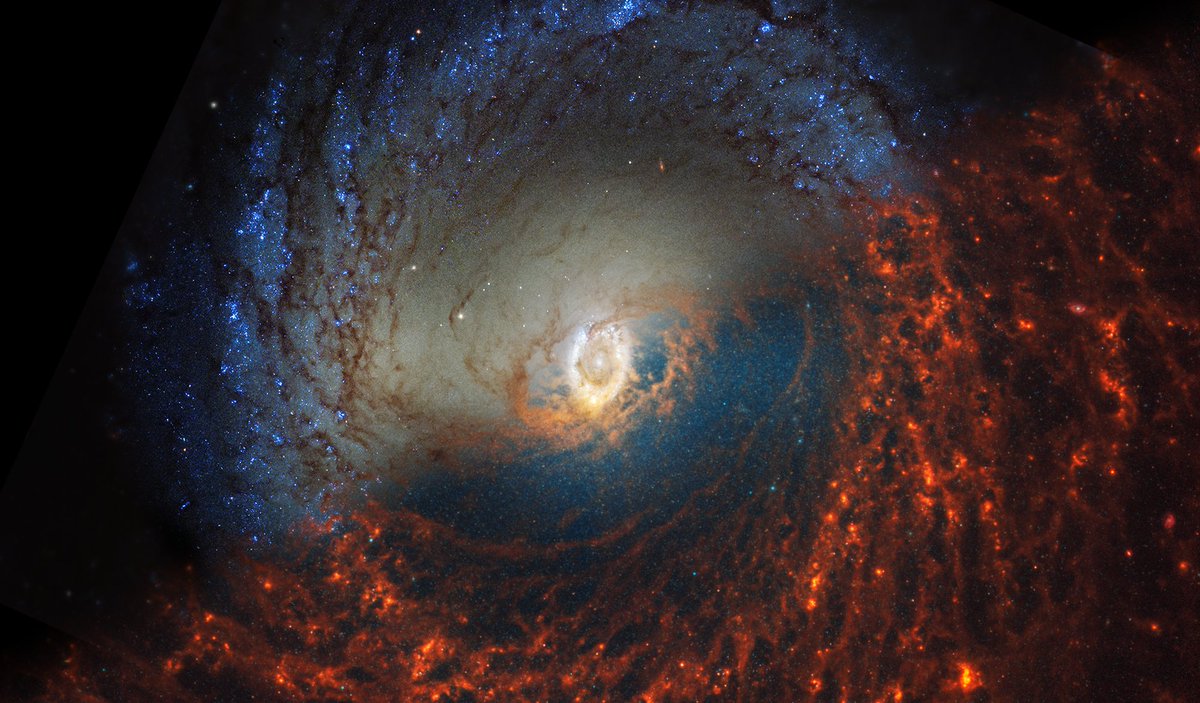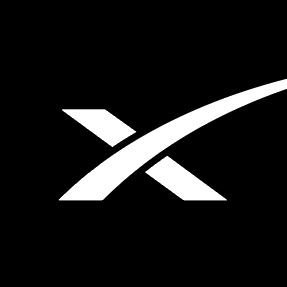NASA Webb Telescope @NASAWebb
The world's most powerful space telescope. Launched: Dec. 25, 2021. First images revealed: July 12, 2022. Verification: https://t.co/ChOEslj1j5 webb.nasa.gov Lagrange Point 2 Joined April 2009-
Tweets11K
-
Followers3.3M
-
Following65
-
Likes5K
Happy birthday to our space bestie @NASAHubble! Enjoy their 34th anniversary image below:
Happy birthday to our space bestie @NASAHubble! Enjoy their 34th anniversary image below:
Happy #EarthDay! There’s no place like our home planet: still the only place we know of with life. That’s why researchers have used observations of Earth to better understand how the atmospheres of habitable, Earth-sized exoplanets might look to Webb: go.nasa.gov/4b85lNx
#EarthDay is almost here! But first… let’s take a selfie. 🌎🤳 Celebrate with us by sharing a photo of you in your favorite part of this watery world and tag it with #GlobalSelfie. go.nasa.gov/444Jy7a
#OTD in 2018, @NASA launched the Transiting Exoplanet Survey Satellite to search for new worlds. So far, it’s discovered 432 planets and 7,138 planet candidates! go.nasa.gov/3vXUCq8 Here are some of the wondrous worlds.🧵⬇️
What might it be like to witness our cosmic beginnings? @carnegiescience astronomer emeritus Alan Dressler takes us through the origins of the Webb Telescope and how it is peering back through time and space to see the first stars and galaxies: go.nasa.gov/3W0ZLIz
Are you a wordsmith? It's #NationalHaikuDay! Send us your best work 💛 If you're inspired by Webb's science and engineering, send us your poem (haiku or not) at [email protected]. Not sure where to start? Dive into our treasury of images: flickr.com/photos/nasaweb…
Located 12 million light-years away, the galaxy M82 forms stars at 10 times the rate of our Milky Way Galaxy! Hubble's sharp, wide view shows the galaxy edge-on, with shredded clouds and hot hydrogen gas. @NASAWebb is helping astronomers learn even more: go.nasa.gov/4aEjRwn
#ICYMI: Our very own Webb program scientist, Dr. Eric Smith, was in Houlton, Maine yesterday to talk about the total solar eclipse! Learn more about why Webb can't look at the Sun (even during an eclipse). Catch up on the full broadcast: youtube.com/watch?v=2MJY_p…
Amid whispered gasps and shared moments, witness the celestial masterpiece that was the 2024 total solar #eclipse — the last total solar eclipse to sweep North America until 2045! Relive the path from Mazatlán to Maine with us.
What, like it's hard @NASAMoon? 😎 This might be a special day for you, but Webb always has the Sun blocked: webb.nasa.gov/content/observ…
What, like it's hard @NASAMoon? 😎 This might be a special day for you, but Webb always has the Sun blocked: webb.nasa.gov/content/observ… https://t.co/azukjOU37t
Want to get a hands-on sense of how the #eclipse works? Try our 3D interactive in "Eyes on the Solar System" - go.nasa.gov/3PNBIJc
Today is the total solar #eclipse – but whose big day is it? Earth, Moon, and Sun all want the title! As residents of the solar system, it’s time to do your civic duty – vote for your team! ⬇️ Whose big day is it?
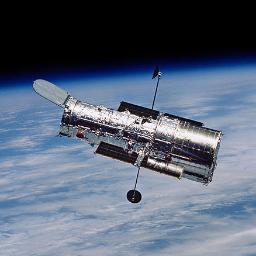
Hubble @NASAHubble
9.0M Followers 70 Following The official X account for the NASA Hubble Space Telescope, managed and operated by NASA's Goddard Space Flight Center.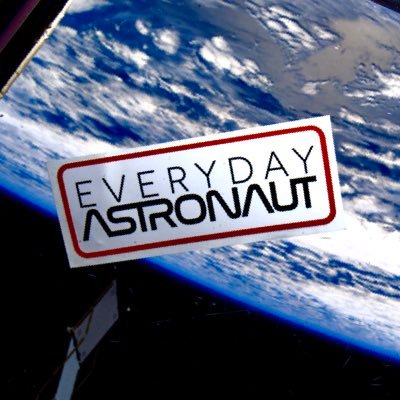
Everyday Astronaut @Erdayastronaut
1.8M Followers 616 Following Professional rocket orientation specialist, explainer of flamey stuff and rocket chaser. Bringing space down to Earth for everyday people 🚀 #dearMoonCrew
NASA Exoplanets @NASAExoplanets
1.5M Followers 119 Following We're the NASA team looking for – and finding – new worlds. Verification: https://t.co/s1F7QxOQnV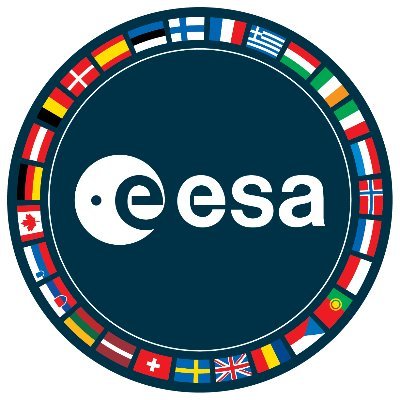
European Space Agency @esa
1.8M Followers 997 Following We're the European Space Agency, keeping you posted on European space activities. Please see our Privacy Notice: https://t.co/UkkEqaJOwd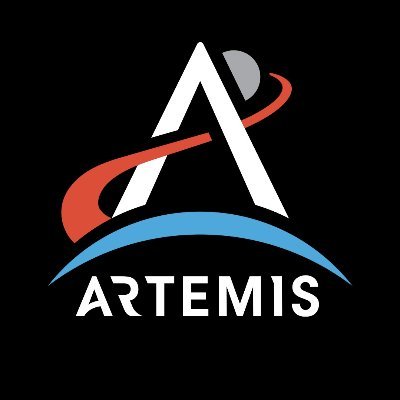
NASA Artemis @NASAArtemis
753K Followers 112 Following With #Artemis, @NASA will land the first woman and first person of color on the Moon. Take the next giant leap with us. Verification: https://t.co/T7VkNRy6Nd
SPACE.com @SPACEdotcom
1.5M Followers 983 Following The premier source of space exploration, innovation, and astronomy news. Part of @futureplc
NASA JPL @NASAJPL
3.9M Followers 127 Following The Jet Propulsion Laboratory manages many of NASA's robotic missions exploring Earth, the solar system, and our universe. (Verification: https://t.co/iicDVgZd2m)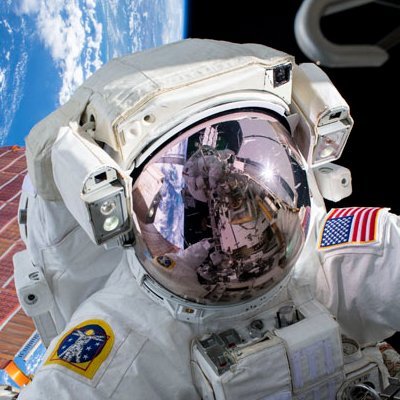
International Space S.. @Space_Station
8.3M Followers 183 Following NASA's page for the latest updates from the International Space Station. For the newest science, follow @ISS_Research. Verification: https://t.co/jSJ1pgS2xl
Chris Bergin - NSF @NASASpaceflight
581K Followers 297 Following NSF Managing Editor. NSF is not affiliated with NASA, but the initials in the URL are used with permission from NASA.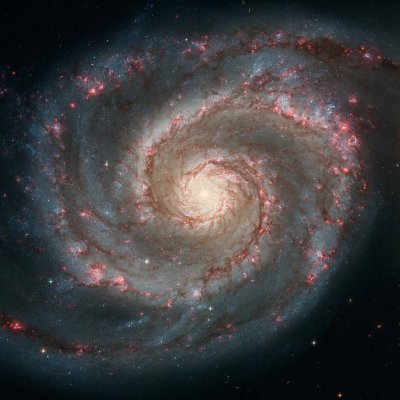
NASA Universe @NASAUniverse
1.0M Followers 89 Following Your backstage pass to the universe and how NASA studies it. Verification: https://t.co/8yJgpYaajm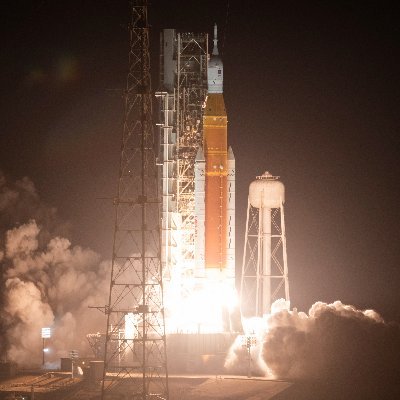
NASA_SLS @NASA_SLS
696K Followers 212 Following NASA's Space Launch System is a heavy-lift rocket capable of powering the Orion spacecraft and cargo beyond low Earth orbit. Verification: https://t.co/8XuZQPO0H0
NASA's Johnson Space .. @NASA_Johnson
2.1M Followers 184 Following Lead center for the @Space_Station, @NASA_Orion, and @NASA_Gateway. Home to Mission Control and the @NASA_Astronauts corps. Verification: https://t.co/7u1SQekfru
John Kraus @johnkrausphotos
248K Followers 517 Following Spaceflight photographer. Content Director @PolarisProgram. Prints available to order at my website below: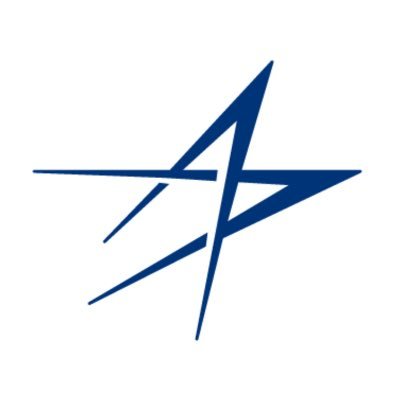
Lockheed Martin Space @LMSpace
109K Followers 899 Following Going to space is just the beginning. It's what you do when you get there that matters most. Official space account of @LockheedMartin.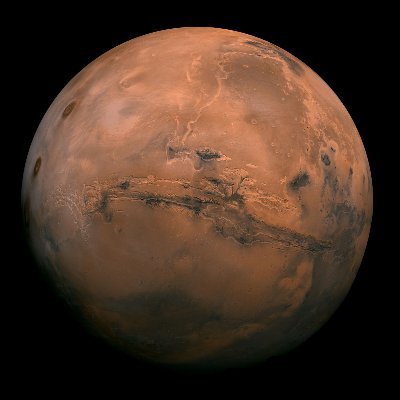
NASA Mars @NASAMars
1.5M Followers 222 Following NASA’s official Twitter account for all things Mars. Join us as we explore the Red Planet!
ESA Webb Telescope @ESA_Webb
259K Followers 196 Following Official @ESA feed for James #Webb Space Telescope – an international partnership between NASA, ESA and CSA #WebbSeesFarther #BFFinSpace with @Hubble_Space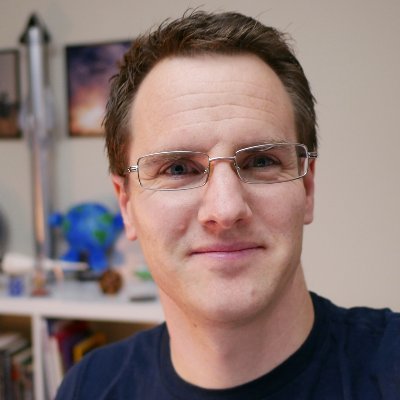
Marcus House @MarcusHouse
171K Followers 582 Following I like space stuff. You can support what we do via our store at https://t.co/Kj8ECBZpCy or at https://t.co/BkfgsfbyvY.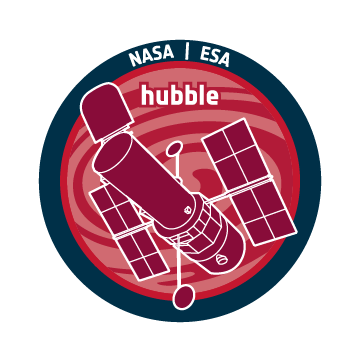
HUBBLE @HUBBLE_space
932K Followers 467 Following Official @ESA feed for #Hubble Space Telescope — the space-based observatory which has revolutionised modern astronomy. #BFFinSpace with @ESA_Webb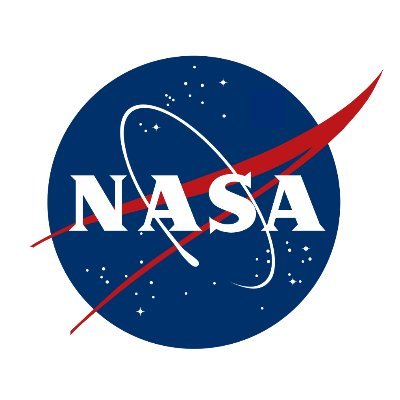
NASA Solar System @NASASolarSystem
2.9M Followers 148 Following We are NASA's Planetary Science Division. Ride along with us as we explore the worlds of our solar system.
Rachael @WriteAway424
0 Followers 11 Following
Esma Köseler @esma_koseler89
0 Followers 38 Following
ERICA @VoisineMic28701
28 Followers 710 Following
Alice Jane Martin @alice_mart3054
0 Followers 24 Following
H Leh @CrazyGovment
0 Followers 17 Following
Derick S Ward @ward36096
0 Followers 20 Following
艾卫 @avjp
2 Followers 70 Following
Kintell33 @kintell33
1 Followers 46 Following
Not Found @synthjustice
0 Followers 75 Following
Cesar Augusto Fontes @otsugua1941
0 Followers 7 Following
Dr. Sheku B. Kabba (�.. @nfasatou
1K Followers 5K Following As a UN 500 Global Honor Laureate, I have a DBA in International Business and dual MBAs in Healthcare Management and Human Resources Management.
Atirene ogheneghweke @ogheneghweke
2 Followers 23 Following I'm an easy going person. An Introvert simple lifestyle.
lengchai6 @antoto81
415 Followers 3K Following
oke lee @OkeleeOke
0 Followers 56 Following
Lam @Lambam2357
1 Followers 6 Following
Manuel @Manuel28984924
39 Followers 114 Following
big bao @bigbao340897
0 Followers 43 Following
ManKrub @man_krub0134
7 Followers 202 Following
Oscar Johnson @JuiceBx63
0 Followers 11 Following
Arinjay Kumar @CodClever7k
84 Followers 1K Following I am a passionate software engineer/developer, coder, programmer, video editor, web designer, and modeler.
Md Nasim @MdNasim451712
0 Followers 11 Following
Shahid.Rajput@007 @NageenBhatti
158 Followers 1K Following Allah Almighty is Great !!! Shahid.Rajput@007 Aviation is in my DNA .......,,,,!!!
varsha @varsha_ca_
0 Followers 1 Following
Todea Misu @todea_misu
108 Followers 134 Following
Lý Mai @LMai721139
0 Followers 13 Following
Bahati Mirindi benjam.. @bahati_mirindi
3 Followers 34 Following
jorgejorge @jorgejo21774972
0 Followers 11 Following
Bill Mann @bmvp00
0 Followers 2 Following
Serhan Tekeli @brightman09az
0 Followers 31 Following
Олег Шебалд.. @shebaldin24
0 Followers 21 Following
Rasita Ravindran @RasitaR
2 Followers 530 Following
TheRealBadner @TheRealBadner
0 Followers 1 Following
Rasel Kabir @RaselKabir25095
0 Followers 0 Following
Connor Metcalf @mech4747
0 Followers 12 Following
R H @halerd_h
0 Followers 45 Following
Bumpkin @BumpK1ng
1 Followers 67 Following
Elon Reeve Musk x @ElonMReeveX
2 Followers 242 Following
GAURAAV @GAURAAV12
36 Followers 381 Following
Steve Ferency @producerdad
0 Followers 19 Following Devoted to the pursuit of happiness while making a living through the use of talents on loan.
Patti Prinkki Keebler.. @PattiKeebler
1K Followers 2K Following United Methodist. Retired from daily political grind, former staff of Gov. Schweitzer, union-lover, party hack, now full-time community volunteer.
Željko Mimi @MimiZeljko84759
0 Followers 32 Following
Jeremy Ramos @JeremyRamo1964
8 Followers 102 Following
Hubble @NASAHubble
9.0M Followers 70 Following The official X account for the NASA Hubble Space Telescope, managed and operated by NASA's Goddard Space Flight Center.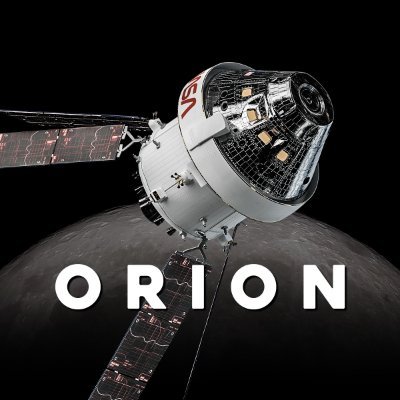
Orion Spacecraft @NASA_Orion
933K Followers 174 Following The safest spacecraft designed by NASA, Orion will carry humans to the Moon and beyond. https://t.co/p12N6orQlI
NASA Exoplanets @NASAExoplanets
1.5M Followers 119 Following We're the NASA team looking for – and finding – new worlds. Verification: https://t.co/s1F7QxOQnV
European Space Agency @esa
1.8M Followers 997 Following We're the European Space Agency, keeping you posted on European space activities. Please see our Privacy Notice: https://t.co/UkkEqaJOwd
NASA Artemis @NASAArtemis
753K Followers 112 Following With #Artemis, @NASA will land the first woman and first person of color on the Moon. Take the next giant leap with us. Verification: https://t.co/T7VkNRy6Nd
NASA JPL @NASAJPL
3.9M Followers 127 Following The Jet Propulsion Laboratory manages many of NASA's robotic missions exploring Earth, the solar system, and our universe. (Verification: https://t.co/iicDVgZd2m)
NASA Universe @NASAUniverse
1.0M Followers 89 Following Your backstage pass to the universe and how NASA studies it. Verification: https://t.co/8yJgpYaajm
NASA's Johnson Space .. @NASA_Johnson
2.1M Followers 184 Following Lead center for the @Space_Station, @NASA_Orion, and @NASA_Gateway. Home to Mission Control and the @NASA_Astronauts corps. Verification: https://t.co/7u1SQekfru
NASA Sun & Space @NASASun
1.0M Followers 152 Following We study the Sun and its effects on Earth and other worlds, helping protect astronauts, satellites, and more. Verification: https://t.co/hzwST9WxPw
ESA Webb Telescope @ESA_Webb
259K Followers 196 Following Official @ESA feed for James #Webb Space Telescope – an international partnership between NASA, ESA and CSA #WebbSeesFarther #BFFinSpace with @Hubble_Space
NASA Solar System @NASASolarSystem
2.9M Followers 148 Following We are NASA's Planetary Science Division. Ride along with us as we explore the worlds of our solar system.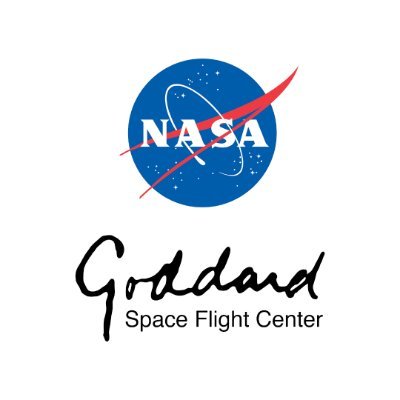
NASA Goddard @NASAGoddard
947K Followers 172 Following Welcome to your friendly neighborhood space flight center, home to the largest community of scientists & engineers on Earth. Verification: https://t.co/pNeQVaC40m
NASA History Office @NASAhistory
1.2M Followers 224 Following This is the NASA History Office's official X account. We're happy that you share our passion for aerospace history. Verification: https://t.co/6BaN3zUqRN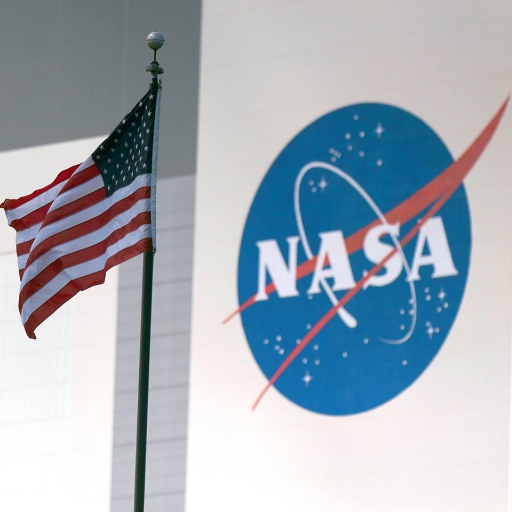
NASA's Kennedy Space .. @NASAKennedy
2.9M Followers 183 Following 🚀We are the world’s preeminent launch complex for government and commercial space access. We usually post in ET. Verification: https://t.co/e2I18WL6Xs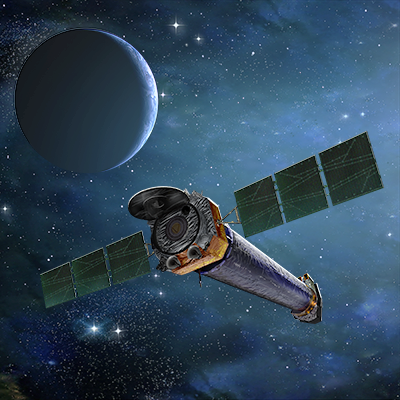
Chandra Observatory @chandraxray
412K Followers 201 Following Official Twitter account of NASA’s Chandra X-ray Observatory. Operated for NASA by Smithsonian (SAO). Verification: https://t.co/oQRMjHqCRI Legal: https://t.co/BUQNO29Sjg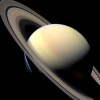
Astronomy Picture Of .. @apod
1.5M Followers 21 Following Each day a different image of our universe along with a brief explanation.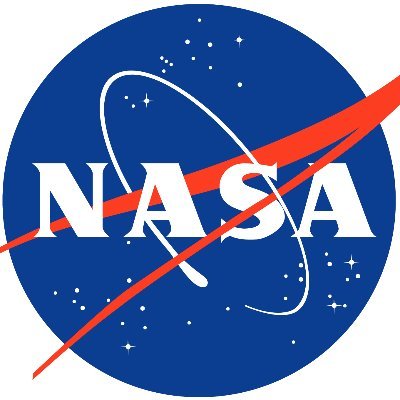
NASA Marshall @NASA_Marshall
766K Followers 252 Following We are home to the Space Launch System & proven technical expertise in propulsion, space systems, and technology. Verification: https://t.co/f1Rtti0rwy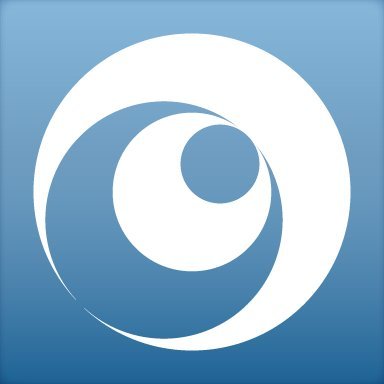
Hubble Space Telescop.. @HubbleTelescope
415K Followers 182 Following News from the Hubble Space Telescope operated by the Space Telescope Science Institute (@spacetelescope) in partnership with NASA.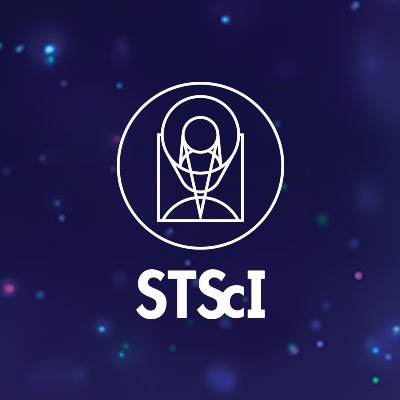
Space Telescope Scien.. @SpaceTelescope
137K Followers 925 Following Mission Operations Center for NASA's Webb Space Telescope (#NASAWebb). Also operating @HubbleTelescope and upcoming @NASARoman.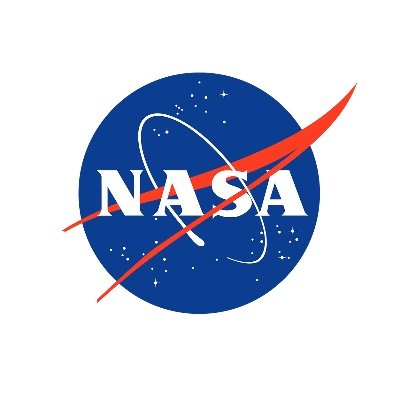
NASA Ames @NASAAmes
462K Followers 122 Following We're NASA's center in Silicon Valley. Verification: https://t.co/SdAqRzd1mQ
Dr. Nicky Fox @NASAScienceAA
9K Followers 201 Following Rocket Scientist. Pioneer. Explorer. @NASA Science Associate Administrator Verification: https://t.co/T6wcbljmdB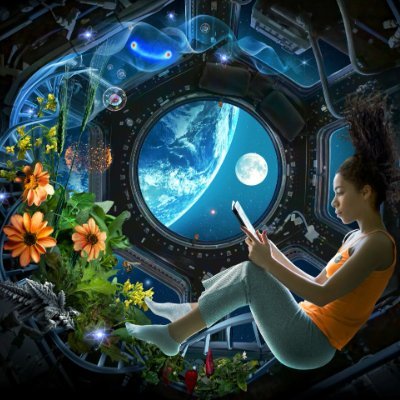
NASA Space Science @NASASpaceSci
114K Followers 158 Following Space is one of our many labs. Our experiments help us go farther and stay longer, while also benefiting life on Earth! 🔬 ✨ Verification: https://t.co/c2rT67mM1b
Ball Aerospace @BallAerospace
10K Followers 1K Following We’re now a part of BAE Systems, Inc., where we’ll continue to pioneer discoveries that enable our customers to solve their toughest challenges.
Mission To Psyche @MissionToPsyche
20K Followers 70 Following @NASA's Psyche mission to a metal-rich asteroid. Account managed by the Psyche team @ASU. Official NASA communications: @NASASolarSystem.
Arianespace @Arianespace
121K Followers 247 Following Whatever is your destination, we will reach it. For 40 years+, we open roads around the Earth towards deep Space. We orbit. We pioneer. We push boundaries.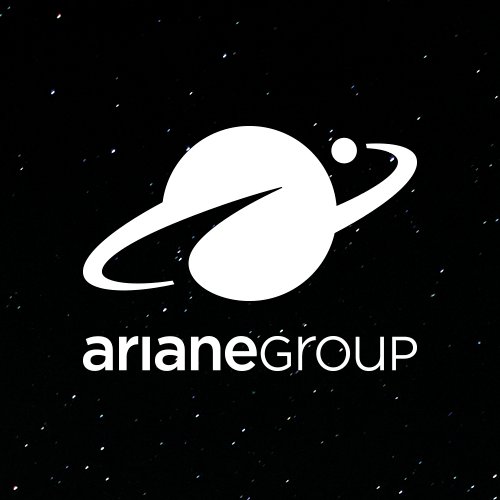
ArianeGroup @ArianeGroup
315K Followers 449 Following 🚀We are #SpaceEnablers. We build the most reliable launch vehicles and we are developing Ariane 6. Get your space gear! ✨
SOFIA Telescope @SOFIAtelescope
119K Followers 177 Following The world's largest flying observatory: a 2.7-meter telescope in a Boeing 747SP. Joint project of @NASA and @DLR_SpaceAgency. Verification: https://t.co/xBFAnHWjcz
NASA Technology @NASA_Technology
1.1M Followers 258 Following Technology drives exploration to the Moon, Mars & beyond. We’re building transformative tech for future missions and providing solutions on Earth and in space.
NASA STEM @NASASTEM
409K Followers 182 Following Connecting teachers, students, parents, and caregivers to the inspiring work NASA is doing. Verification: https://t.co/Fm4rETEY5r
WebbTelescopeUK @WebbTelescopeUK
7K Followers 873 Following The UK played a key role in building the James Webb Space Telescope (JWST/Webb). Successfully launched Dec 2021, keep up to date with the latest news.
STScI @stsci
15K Followers 161 Following Space Telescope Science Institute Follow our science account at: @SpaceTelescope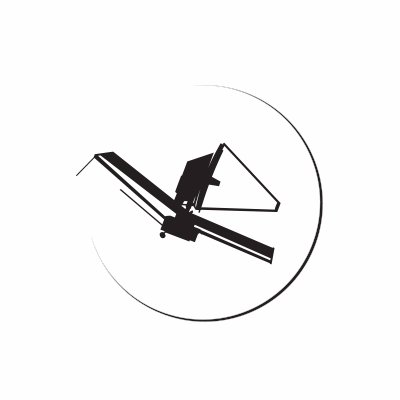
JWST Observer @JWSTObserver
18K Followers 9 Following JWST Observer is managed by STScI and provides astronomers with the most up-to-date information, news, and events related to observing with JWST.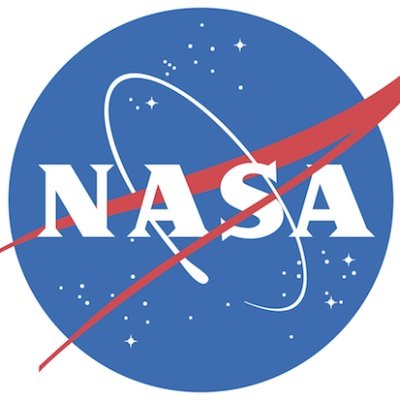
NASA Astrobiology: Ex.. @NASAAstrobio
827K Followers 95 Following Studying the origin and evolution of life on Earth to inform the search for life elsewhere in the Universe. Verification: https://t.co/G2QVWJ6QBi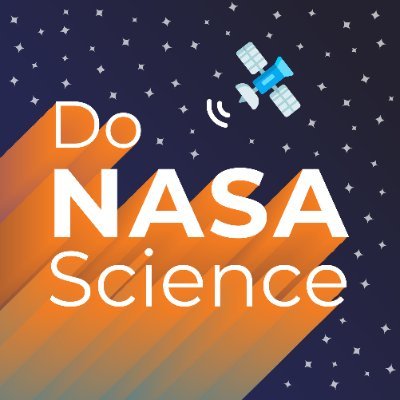
NASA Citizen Science @DoNASAScience
33K Followers 116 Following Discover how YOU can do real NASA Science and explore NASA Science activities for all. Verification: https://t.co/odV957Fb0i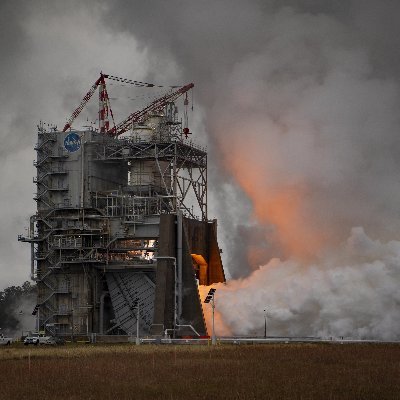
Stennis Space Center @NASAStennis
130K Followers 248 Following Official account of NASA’s John C. Stennis Space Center, America’s largest rocket engine test complex. Located in MS. Verification: https://t.co/4XgbG5Mq0D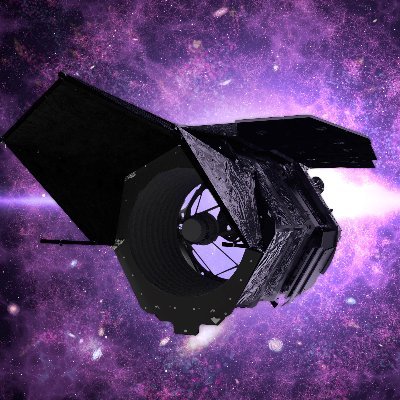
Nancy Grace Roman Spa.. @NASARoman
36K Followers 73 Following The Roman Telescope is a NASA mission that will study dark energy & exoplanets and serve the general astronomy community.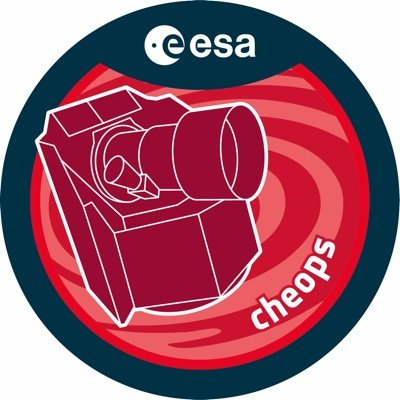
ESA CHEOPS – Charac.. @ESA_CHEOPS
6K Followers 77 Following ESA’s CHaracterising ExOPlanet Satellite. Studying known #exoplanets orbiting nearby bright stars 💫🛰️ In partnership with🇨🇭 & 10 ESA Member States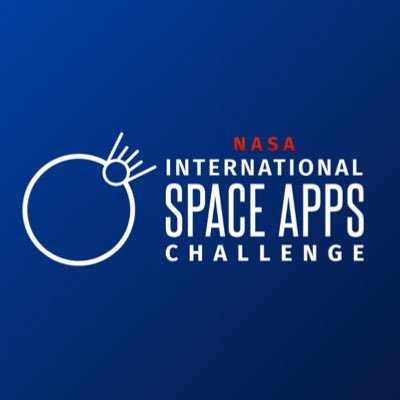
NASA International Sp.. @SpaceApps
37K Followers 537 Following The largest annual global hackathon! Join us on Oct. 5-6, 2024 🚀 Verification: https://t.co/WZdewC0p5J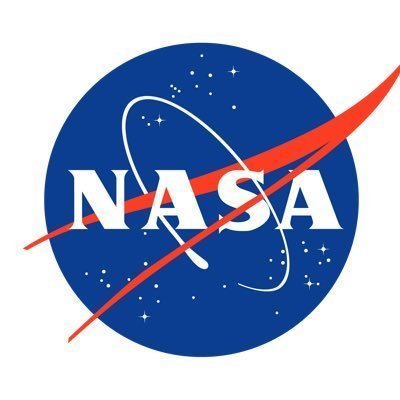
NASA en español @NASA_es
1.9M Followers 234 Following Explora el universo y descubre tu planeta natal con nosotros, la cuenta oficial de la NASA en español. Verificación: https://t.co/2fN2bpe2UJ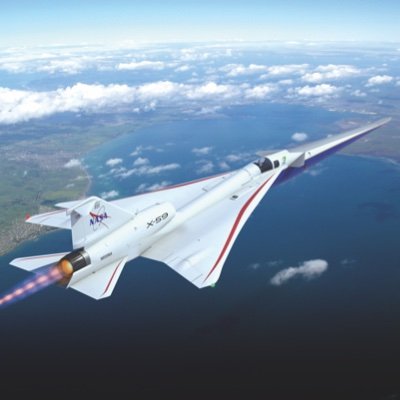
NASA Aeronautics @NASAaero
131K Followers 73 Following 🤫Quiet Supersonic Flight Over Land 🍃 Sustainable Aviation 🚁Advanced Air Mobility ✈️A Transformed Airspace 🔍 Verification: https://t.co/RFDn4mkidb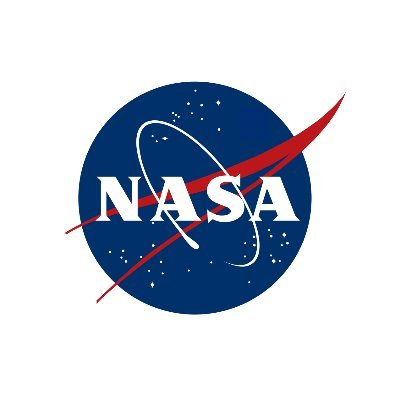
Cassini @CassiniSaturn
349K Followers 658 Following Completed NASA mission to Saturn and its moons. Join us at @NASASolarSystem to ride along with NASA as we continue to explore the worlds of the solar system.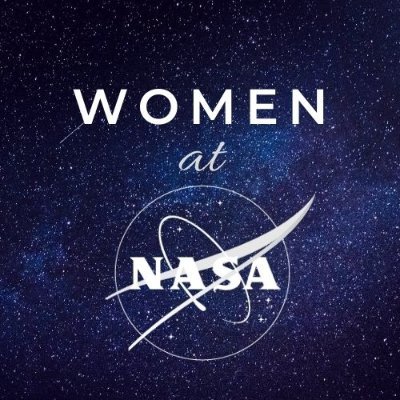
Women@NASA @WomenNASA
144K Followers 135 Following Sharing the perspectives, stories, & accomplishments of the incredible women who are making history at NASA every day. Verification: https://t.co/kN8B2A5XsZ
NASA Space Place @NASAspaceplace
95K Followers 300 Following NASA Space Place engages and inspires kids online with games, activities and articles.
Northrop Grumman @northropgrumman
303K Followers 684 Following We solve the toughest problems in space, aeronautics, defense and cyberspace. Follow our official accounts: @northropgrumman @NGCNews @NG_Careers
Library of Congress @librarycongress
1.2M Followers 12 Following Official account of the world’s largest library. Explore collections & plan a visit. All Library accounts: https://t.co/KMH2LPXfZv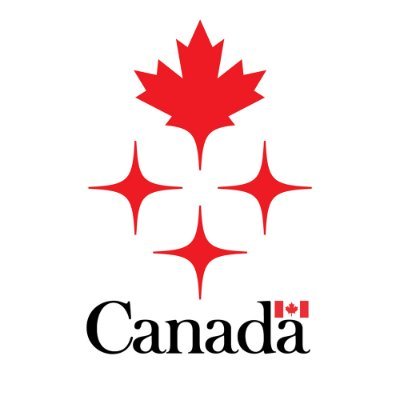
Canadian Space Agency @csa_asc
378K Followers 1K Following The Canadian Space Agency coordinates all civil, space-related programs on behalf of the Government of Canada. Terms: https://t.co/58Nfe1GL0V (Français @asc_csa)
ESA Science @esascience
433K Followers 393 Following Science @ the European Space Agency, keeping you posted on European space science activities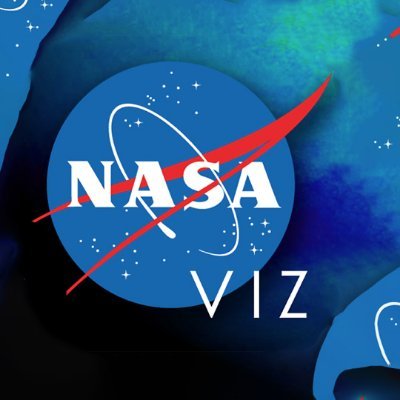
NASA's Scientific Vis.. @NASAViz
44K Followers 594 Following NASA's official Scientific Visualization Studio account, tweeting the best in NASA scientific visualization. We reveal the invisible by bringing data to life.
NASA eClips @NASA_eClips
37K Followers 231 Following NASA eClips™ brings together exciting videos and resources with educational best practices to inspire and educate students to become 21st Century explorers.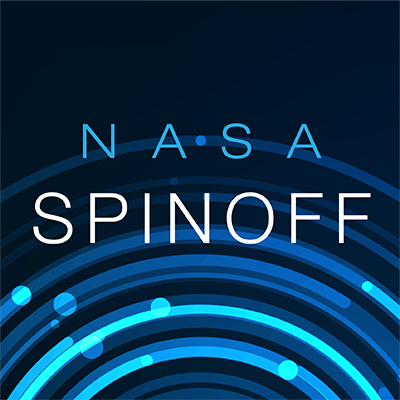
NASA Spinoff @NASAspinoff
110K Followers 79 Following Featuring more than 2000 products developed from @NASA_Technology; There's more space in your life than you think! Verification: https://t.co/R3FwJ1TN0L
NASA Earth @NASAEarth
3.7M Followers 99 Following NASA’s favorite (habitable) planet. 🌎💚 Studying Earth from ground to orbit. Verification: https://t.co/86cw0iJQEy
NASA HEAT @NASAHEAT
20K Followers 107 Following The NASA Heliophysics Education Activation Team (NASA HEAT) brings engaging educational programs about the Sun and its impact to communities across the nation.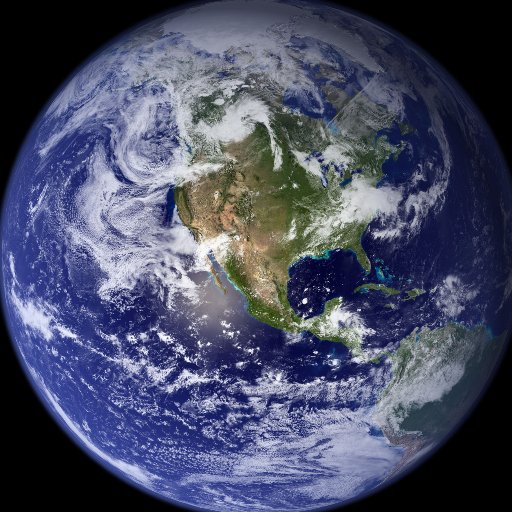
NASA Goddard Images @NASAGoddardPix
429K Followers 1K Following We share cool science! This is the official image/video tweeting account for @NASAGoddard.
ExploreAstro at Calte.. @ExploreAstro
153K Followers 202 Following Sharing out-of-this-world astrophysics with our on-this-world audience. Brought to you by @CaltechIPAC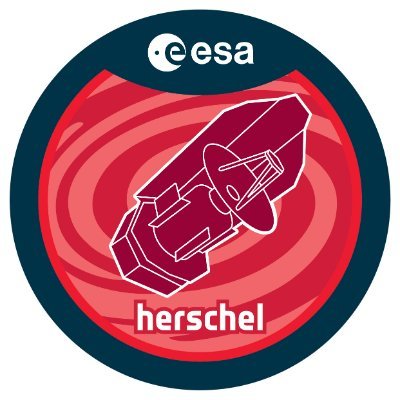
ESA Herschel @ESAHerschel
50K Followers 21 Following A European Space Agency (ESA) mission. Both the most sensitive far-infrared telescope ever put into space &, at 3.5m, the largest space telescope of any kind.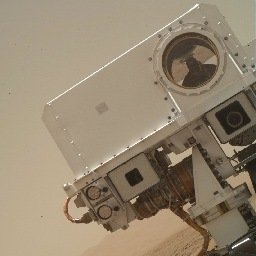
Curiosity Rover @MarsCuriosity
4.2M Followers 52 Following Your friendly neighborhood NASA Mars rover. Exploring the Red Planet since 2012. Team headquartered at @NASAJPL 🚀 (Verification: https://t.co/T3V89CljZ2)
NASA Wallops @NASAWallops
327K Followers 169 Following NASA's Wallops Flight Facility is NASA's only owned and operated launch range. Located on the Eastern Shore of Virginia. Verification: https://t.co/8x9gorB3LK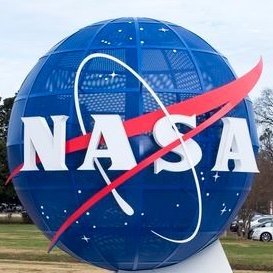
NASA Langley Research.. @NASA_Langley
460K Followers 170 Following The official page of NASA's Langley Research Center. Home to innovation, exploration, and discovery. 🌎✈️🚀 Verification: https://t.co/lPgpn9hhCKAmid whispered gasps and shared moments, witness the celestial masterpiece that was the 2024 total solar #eclipse — the last total solar eclipse to sweep North America until 2045! Relive the path from Mazatlán to Maine with us.
Oops I did it again 🤭 #TotalSolarEclipse
Not in the path or want to join the #eclipse party? Wherever you are, watch the total solar eclipse with us on Monday. Our livestream begins at 1pm ET (1700 UTC). But how can you tune in? A thread...🧵
All eyes are on the sky on April 8 for the total solar #eclipse! Did you know you can help us @DoNASAScience while experiencing the big event? Listen in from @NASASun scientists in this episode of our Curious Universe podcast: go.nasa.gov/4aie3cf
💎 Diamonds are a natural satellite's best friend. Just moments before totality on April 8, sunlight will peek through the Moon's jagged, cratered edge, causing phenomena called Baily's Beads and the diamond ring effect. go.nasa.gov/3U74gjJ
Sometimes the stars in a binary system line up just right so that we see them block each other’s light as they orbit. In fact, a few years ago, astronomers found a six-star system where all the stars undergo eclipses! #MondayMotivation #Eclipse
Ready for Monday’s Eclipse? Solar eclipses like this one only happen during a New Moon. During totality, animals might react like it’s Twilight. But remember, solar glasses back on before sunlight returns from behind the Moon like Breaking Dawn! go.nasa.gov/Eclipse2024Saf…
We can do a lot of science during an eclipse. An exoplanet eclipse helped reveal water vapor on a planet 400 light-years from Earth! go.nasa.gov/3PCY540
We are made of star stuff and you can see it! @NASAWebb took a closer look at a starburst galaxy, and its detailed image is flecked with green — areas of iron, most of them supernova remnants — iron like that in the blood running through your veins. go.nasa.gov/3TKd65x
Solar eclipse countdown: T-4 days! Are you in the path of totality? Join the SunSketcher team April 8th and use your smartphone to help scientists measure the true shape of the Sun! Get the app and learn what you'll need to Do NASA Science: science.nasa.gov/citizen-scienc… #CitSciMonth
Kids, you’re still arguing after 4.5 billion years?! I don’t care who started it, we’re going to enjoy this eclipse together as a FAMILY. Gravity has stuck you together, whether you like it or not! #TeamSun #TeamMoon #TeamEarth
On April 8, worlds will align 🌎🌑☀️ It’s going to be a BIG DAY – but whose big day is it? Earth, Moon and Sun each think it's theirs. Whose team are YOU on? Use #TeamEarth, #TeamMoon, or #TeamSun to support your team. Polls open on eclipse day.
@NASAWebb C’mon @NASAWebb, we know you can’t see us (or the eclipse) because of your sunshield, but don’t forget where you came from! #TeamEarth
On April 8, worlds will align 🌎🌑☀️ It’s going to be a BIG DAY – but whose big day is it? Earth, Moon and Sun each think it's theirs. Whose team are YOU on? Use #TeamEarth, #TeamMoon, or #TeamSun to support your team. Polls open on eclipse day.
En estas imágenes de galaxias, los datos de @NASAWebb se ven en rojo; los de @NASAHubble, en azul. Mientras que Webb muestra el polvo brillando en luz infrarroja, la vista en luz visible de Hubble señala dónde la luz estelar es absorbida por el polvo: go.nasa.gov/4adTTQs
#ICYMI Roman's primary structure, also known as the spacecraft bus, and propulsion tanks have been integrated. Wondering what those tiny red covers are? They house thrusters, which will tilt the telescope to observe specific areas of the cosmos. 📸 NASA/ Chris Gunn
Last call to board! 🧑🚀 🌖 Get your name added to the microchip that will travel to the Moon aboard our VIPER Moon rover. #SendYourName by 8:59 p.m. PT/11:59 p.m. ET: go.nasa.gov/3S16kYf
Baby star systems are always so cute. The chemicals identified around this protostar may have also existed in the first developmental stages of our solar system, and later been delivered to the primitive Earth: go.nasa.gov/3VhOxPM
A scan of a developing star could be like seeing our solar system in its infancy.🚼 @NASAWebb found complex molecules like ethanol and likely acetic acid. The team also detected sulfur dioxide (a possible driver of metabolic reactions on a young Earth). go.nasa.gov/3VhOxPM
Truly out of this world 🤩 This @NASAWebb image shows NGC 604 with more than 200 new stars! This star-forming region in the Triangulum galaxy contains the hottest and most massive stars we know of, totally unfamiliar to our Milky Way galaxy. 🔗 go.nasa.gov/3PfMFmz
When the Moon hits your eye, like a big pizza pie 🎵 #SendYourName there. This #PiDay is one of the last chances to sign up to get your name aboard our first robotic Moon rover! SIGN UP: go.nasa.gov/3S16kYf
A scan of a developing star could be like seeing our solar system in its infancy.🚼 @NASAWebb found complex molecules like ethanol and likely acetic acid. The team also detected sulfur dioxide (a possible driver of metabolic reactions on a young Earth). go.nasa.gov/3VhOxPM
